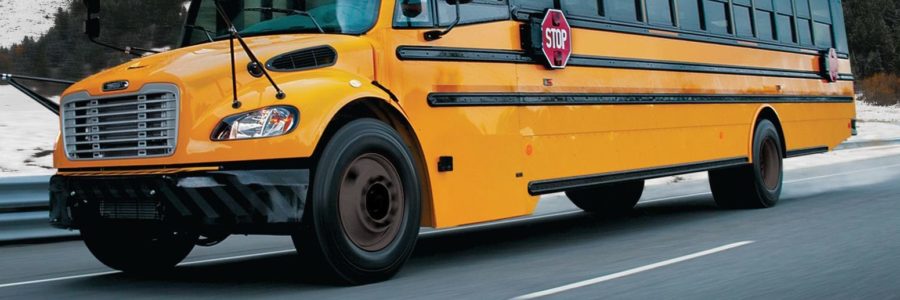
Seeing less sunlight everyday affects our daily commutes, as many of us head out of our houses before sunrise. Driving in the dark is more dangerous than driving in the daylight, so we’re sharing a few tips that will help keep you safe these upcoming dark mornings and evenings!
It may seem like a no-brainer, but always have your headlights on when driving in the dark! Keep them on for at least an hour after sunrise and an hour before sunset to help you see better and to help other drivers see you more clearly. It’s a good idea to have your headlights on more often than not; when in doubt, switch them on!
When driving in the dark, you need as much visibility you can get! Before you head off on a voyage in the dark, make sure all of your lights, especially your headlights, are working. (Before you say driving with a burnt-out headlight isn’t so bad, image what would happen if your one working light burnt out as well!) Also make sure that your bulbs are pointing in the right direction, and that your headlight lenses aren’t foggy or hazy.
Of course, you should never tailgate people, but it is especially important in the dark to keep your distance from other cars. Tailgating often makes the other person nervous, especially when their vision is limited by the dark, and they might react badly to any obstacles in the road. In addition, the closer you get to another car, the more your headlights can distract them and reflect back into your own vehicle, compromising both of your driving skills. Don’t use your high beams if you see another driver in front of you.
Smears on your mirrors or windows/windshield may be invisible during the day, but can cause a glare or halo effect around lights in the dark. Newspapers work surprisingly well for cleaning glass surfaces, so you don’t need professional equipment to keep your car in top shape!
Many wild animals that inhabit rural areas tend to be more active in the dark than in the daylight. Make sure to slow down when going around turns and while traveling through wooded areas to give yourself more time to react in case an animal happens to wander onto the road. Always sweep your surroundings for tiny bright spots caused by your headlights reflecting in animals’ eyes, and drive cautiously if you happen to see some.
Overdriving your headlights means going so fast, you cannot stop within the area that your headlights illuminate. Basically, this means that it’s only safe to travel at 40 mph and lower with low beams, and 60 mph and lower with high beams.
Thanks for reading, and be sure to share this information to teach people about the safest practices for driving in the dark!
Find us on Facebook!
Follow us on Instagram!
We’re looking for dependable people to join us in Driving the Future Forward! Explore Open Positions